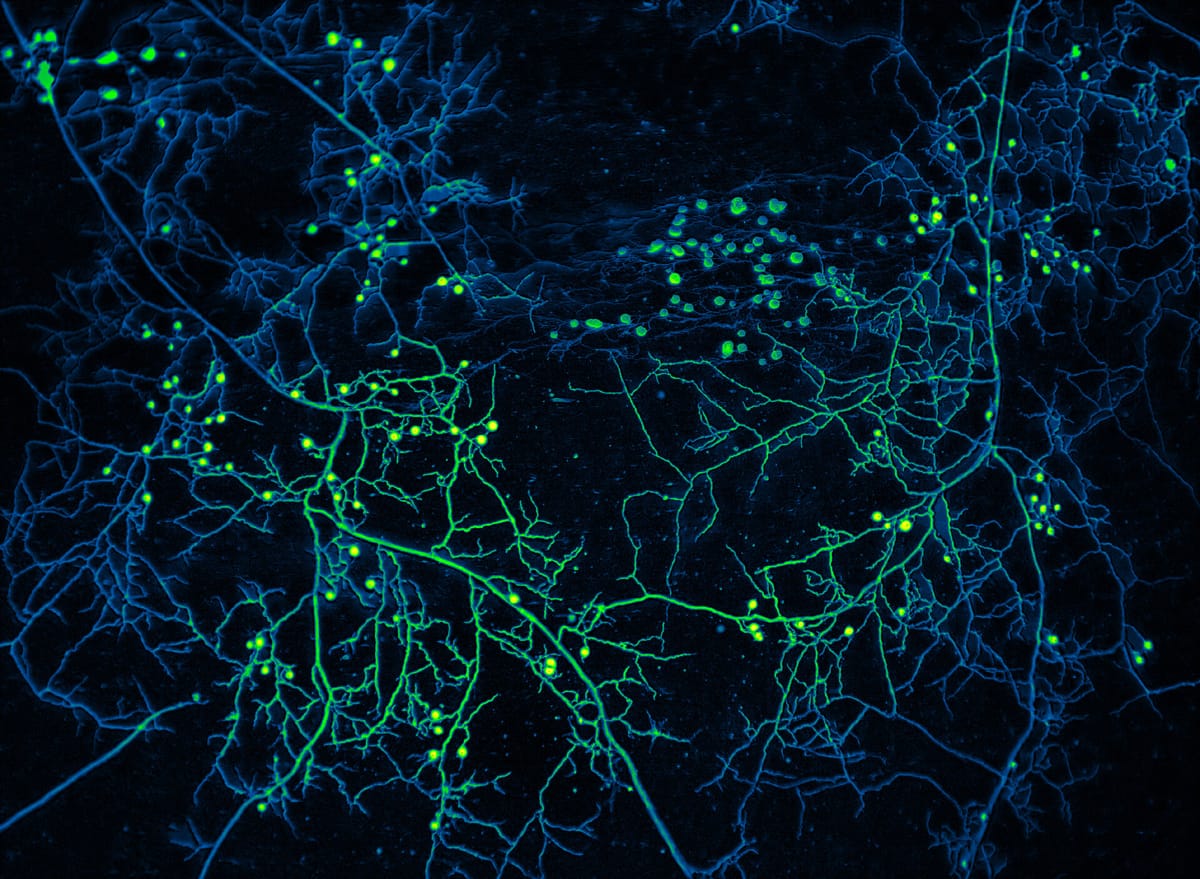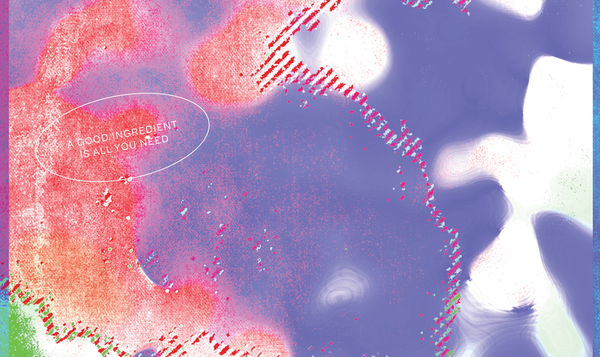The 'Wood Wide Web'

Coffee industry folk say remarkably little about fungi. Is Big Ag influencing us? Multinationals hold a seemingly deep dependence on selling synthetic fertilizers and fungicides to large cooperatives, who sell to smallholder farmers at a discount. This arrangement suits these powerful actors, assuming producers uphold multi-year fixed-price contracts. These are contracts that keep the most vulnerable in a negative reinforcing loop. Fortunately, more and more producers and growers are starting to understand the connections. Outright organic producers suggest a baseline understanding that keeping the forest as full of life and diversity as possible will help sustain it for the long term and contribute to crop health in ways we don't yet realize.
What's so interesting about fungi? Well, lots! Just as summer is nearly ending, fungi do their magic at the end and beginning of things. Fruiting bodies (mushrooms) can be seen after a forest fire season and into the rainy months here in BC, and in any agriculture, mycelium networks are the unseen magic makers. Fungicide-free coffee farms allow this network to flourish, & countless exchanges are possible. Mycorrhizal fungi are species whose mycelia penetrate and entangle themselves with plant roots. A kind of symbiosis occurs in which the photosynthesizing coffee plant feeds the mycelium with carbon, and receives nitrogen, phosphorus, and other nutrients in return. Strangely, this arrangement is not outright symbiotic; It's not always a fair or equal exchange. How it benefits the fungi is confusing (does it want to benefit? Saying 'want' tends to anthropomorphize fungi, but let's keep an open mind). Coffee plants funnel chemical information from the air to the fungus, whose mycelia bring similar signals to the plant from underground. Thriving forests contain a network involving numerous species. This network can be so extensive and dense that trees detect what happens to each other across long distances. Some people call this the Wood Wide Web.
One of the more compelling parts of Merlin Sheldrake's Entangled Life was on this equitable, yet unequal, exchange. In phosphorous scarce networks, plants (like coffee) supply more carbon to trigger the release. Mycelia then carry phosphorus from where it is plentiful to where it commands this superior 'price'- Are the mycelium somehow 'thinking' (even though they're brainless) about supply and demand? Is there an 'exchange rate' when they act in these ways?
How many other secret exchanges happen between coffee plants and fungi? What is lost, especially nutritionally, when fungicides are sprayed on coffee plants, inhibiting these networks from doing their job? NPK synthetic fertilizers are missing the plot. Fungicides are too.
Coffee plants need fungi, full stop - There are many folks we buy from who are of the same mindset. Raul and his family at El Llano in Acatenango, Guatemala have taken this to heart for example, maintaining long-term projects like encouraging mycorrhizal fungi ecology in El Llano's soils.





